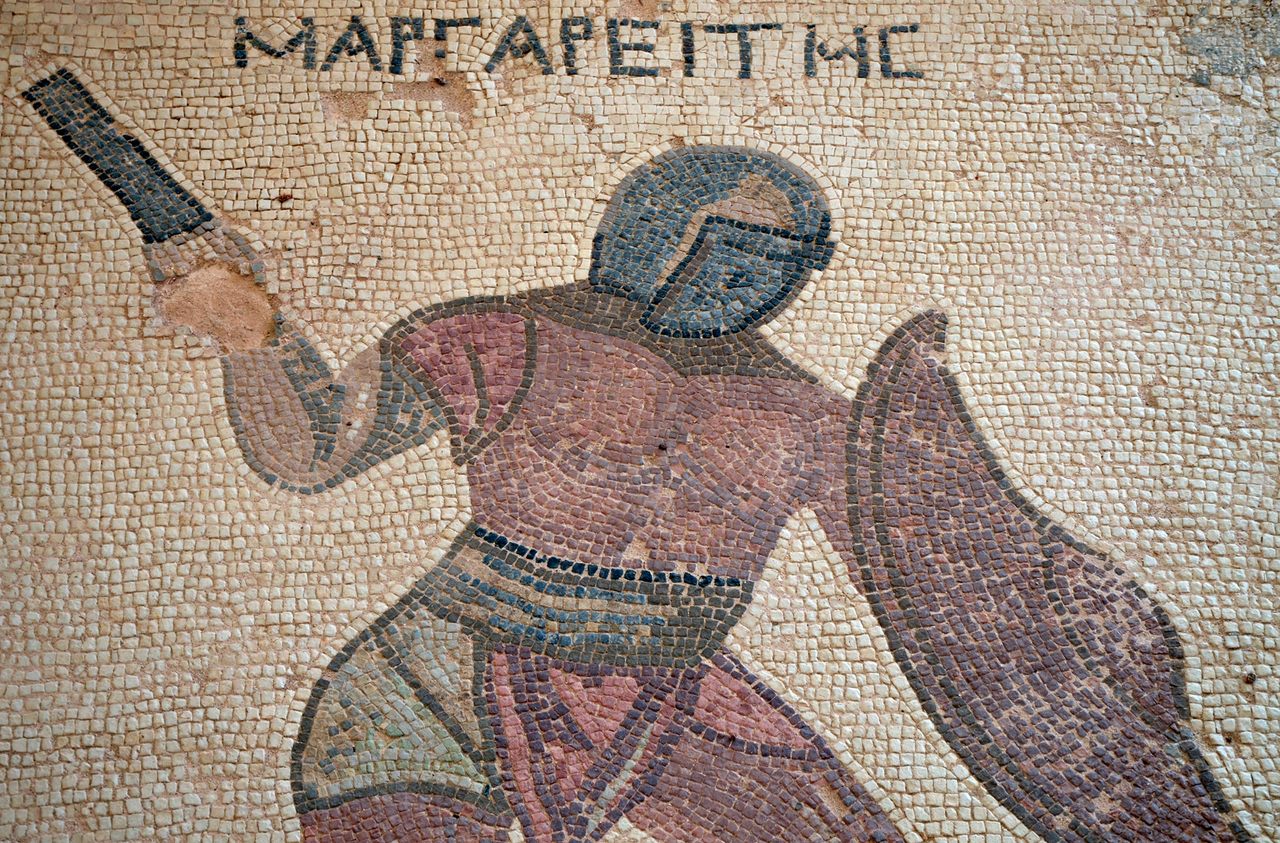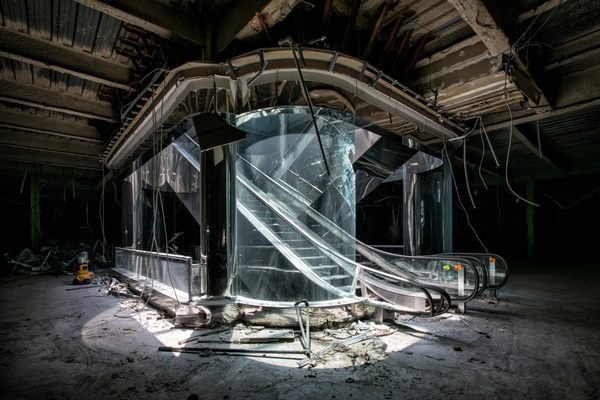The Surprising Roots of Ancient Rome’s Gladiator Fights
The quintessential Roman spectacle, originally a way to honor the dead, was not Roman in origin.

The Brutus dynasty was among the most powerful families in the early Roman Republic. It was a Brutus, Lucius Junius, who led the revolt against the last king of Rome and helped found the republic itself in 509 B.C. Throughout Roman history, his descendants would hold every important state office, and view themselves as true defenders of Rome.
In 264 B.C., Brutus Pera, an important member of this august political family, died. His sons elected to honor him with a tribute called a munus—essentially, a public wake that included distribution of meats and wine. But the brothers also wanted the munus to include something more memorable: a fight to the death.
The brothers’ decision would begin a centuries-long tradition of bloody gladiatorial spectacles in the Eternal City. Today, these brutal battles seem like the quintessential ancient Roman event. But, like much of ancient Roman culture, the tradition was actually imported from elsewhere.
Roman author Ausonius specified that the gladiatorial match to honor Brutus Pera comprised six gladiators fighting with the weapons and armor of the Thracians, a people who occupied what is now Bulgaria. There is no record of how the fight went, but it is likely that the six unfortunate slaves purchased by the Brutus brothers hacked away at each other until there was only one left alive. Blood had been spilled and meat and wine had been shared; the soul of Brutus Pera could begin its journey to the afterlife—and the plebians of Rome had got a taste for bloody spectacles.
Gladiatorial fights of the sort organized for the funeral of Brutus Pera were a type of human sacrifice. Such sacrifices, held to honor great men and women at their funerals, were not uncommon in the ancient world. In the Iliad, the Greek hero Achilles sacrifices a dozen captured Trojans at the funeral of his lover Patroclus, for example.
On the Italian peninsula it was the Campanians, descendants of Greek settlers, who popularized gladiatorial fights about a century before the death of Brutus Pera—though these events were not necessarily associated with funerals. According to the Roman author Livy, the Campanians, borrowing from their ancestral homeland, began the tradition to celebrate a military victory over their archenemies, the Samnites. They dressed slaves in captured Samnite armor and forced them to fight to the death. Some scholars have placed the origins of funerary gladiatorial traditions more to the north, in Etruria, which was an influence on—and a rival and eventual conquest of—Rome. But the earliest known depictions of gladiatorial combat associated with funerals come from paintings in Campanian tombs from as early as the fourth century B.C.
The inclusion of gladiatorial fights at funerals steadily increased in Rome throughout the last centuries B.C.—and the numbers of gladiators at each munus also grew. In 216 B.C., more than 40 gladiators fought to the death at the funeral of the consul Marcus Aemilius Lepidus. Less than four decades later, in 183 B.C., the funeral of the statesman Publius Licinius included 120 gladiators, and contests lasted three days.
Like the distribution of meat and wine, these violent spectacles demonstrated the power of the deceased’s family to the public. The fights were initially staged in the Forum Boarium, Rome’s cattle market, and included little in the way of accommodation for the audience. However, as the fights grew in scale and popularity, they were moved to the larger Forum Romanum, where wooden stands could be erected to seat the rapidly growing crowds.

The gladiators also changed. At first, they had been slaves armed with simple weapons and no armor. They had little to no training and were simply forced to fight as best they could. Some organizers of funerary munera began equipping the slaves with armor of the sort worn by Roman soldiers, including chainmail. But the protective gear prolonged the fights, and the goal was, after all, spectacle and human sacrifice, not survival. As a result, the armor was pared down, leaving the gladiators with the iconic combination of greaves, helmets, and shields. There was little protection for the chest, so wounds were more likely to be fatal. The spectacle would be as bloody as possible.
By the first century B.C., the munus had become a political tool, though one which was still linked to funerary rites, at least on paper. Any Roman dignitary who wished to be elected to an important public office would stage lavish funerary games to win the favor of the people, often with the flimsiest of excuses. Julius Caesar, wishing to further his political career in 65 B.C., staged a munus for his father (who had been dead for 20 years), during which 640 gladiators fought wearing armor made of solid silver. Nineteen years later, Caesar repeated his triumph with another munus, this time for his daughter, who had been dead for nearly a decade. To increase the novelty factor of these games, Caesar included not just combat between enslaved gladiators, but also a spectacular fight between two members of the Roman aristocracy who had unwisely supported Caesar’s political opponent, Pompey.
Within a year of those games, Caesar had been murdered by members of the Roman Senate and Rome had descended into civil war. During the Imperial era, emperors banned munera thrown by private individuals without express permission. This did not, however, mean the end of gladiatorial combat. Instead, the fights and games became state-run spectacles, meant to honor the emperor and bolster his popularity with plebians who remained as hungry as ever for blood, bread, and circuses.























Follow us on Twitter to get the latest on the world's hidden wonders.
Like us on Facebook to get the latest on the world's hidden wonders.
Follow us on Twitter Like us on Facebook